Disclosure: This article contains affiliate links. We may earn a commission from purchases at no extra cost to you, which helps our travel content.
When my husband's medical conference in Tokyo wrapped up last fall, I seized the opportunity to extend our Japan trip with a solo adventure to Kyoto and Nara. As a former museum curator with an art history background, I've always been drawn to places where history whispers from every corner. But as the family budget-keeper, I also needed to make this temple-hopping dream financially feasible. What followed was five days of autumn-painted temple grounds, unexpected thrift shop treasures, and local sake discoveries—all while keeping daily expenses under $50. The secret? A carefully plotted itinerary balancing splurge-worthy experiences with savvy cost-cutting measures. Whether you're a student on break or simply a traveler who appreciates stretching your yen without sacrificing authentic experiences, this guide will show you exactly how I navigated these ancient capitals without emptying my wallet.
Pre-Trip Planning: The Budget Foundation
The key to temple-hopping on a budget begins long before you set foot in Japan. After years of planning family trips to historical sites across Europe, I've learned that preparation is what separates a budget disaster from a budget triumph.
First, timing is everything. I deliberately chose late October—after peak tourist season but before winter set in. Accommodation prices had dropped by nearly 30% from their summer highs, yet the autumn foliage was just beginning to transform temple gardens into fiery canvases of red and gold.
For lodging, I bypassed hotels entirely and booked a small room at a family-run minshuku (Japanese guesthouse) in the Shimabara district of Kyoto for ¥3,500 per night (about $32). While not as bare-bones as a hostel, these traditional accommodations offer an authentic experience at a fraction of ryokan prices. My room was simple—tatami floors, futon bedding, and a shared bathroom—but impeccably clean and included breakfast.
Before leaving home, I purchased a Japan Rail Pass, which more than paid for itself with my roundtrip from Tokyo plus daily train trips. For students, this pass offers exceptional value when you factor in the Nara day trip and getting around Kyoto.
I also downloaded the Japan Travel by Navitime app, which became indispensable for navigating public transportation without costly mistakes. Unlike Google Maps, it specifically highlights which trains are covered by the JR Pass, saving me from accidentally boarding non-covered lines.
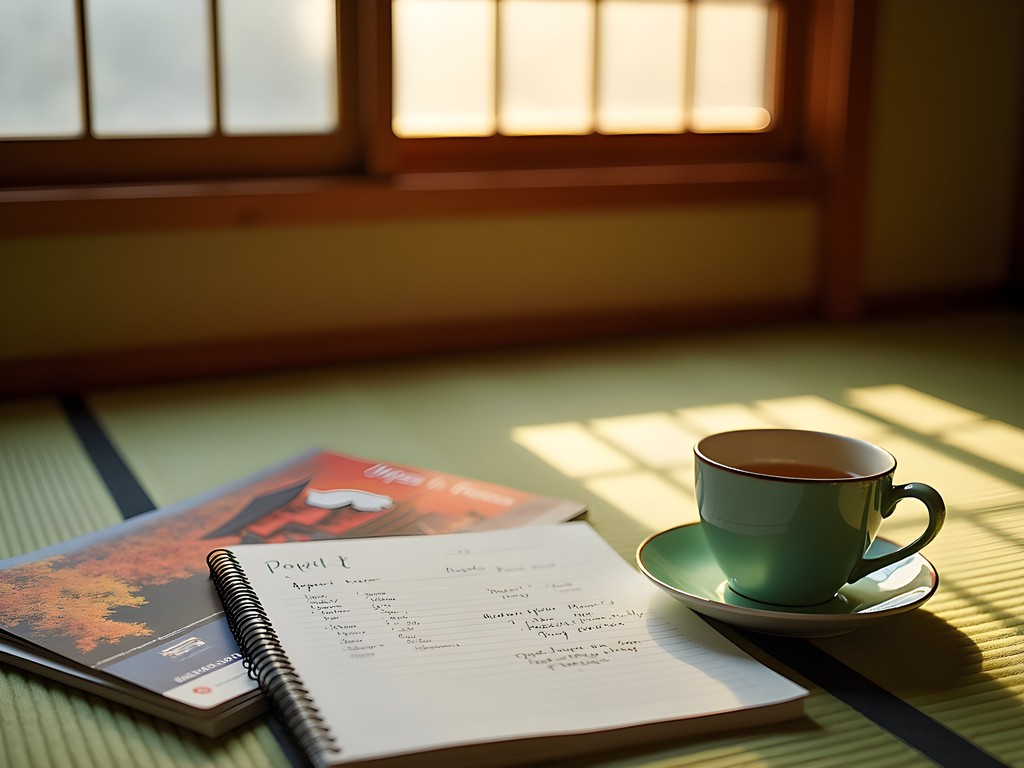
💡 Pro Tips
- Book accommodations 2-3 months in advance for the best budget options
- Consider a minshuku or guesthouse instead of hotels for authentic, affordable stays
- Download transportation apps before arrival to avoid data roaming charges
Day 1: Eastern Kyoto's Temple Trail
My first full day began with the complimentary rice, grilled fish, and miso soup breakfast at my minshuku—a filling start that would fuel hours of walking. The owner, Mrs. Tanaka, packed me an onigiri rice ball for later (a kindness I hadn't expected but came to appreciate).
I started at Kiyomizu-dera Temple (¥400 entry) right at 8:00 AM opening time—a strategy I borrowed from my museum days. The morning light illuminated the main hall's wooden stage extending over the hillside, offering views of maple trees beginning their seasonal transformation. By arriving early, I had nearly 30 minutes of relative solitude before tour groups descended.
From there, I walked north along the atmospheric Ninenzaka and Sannenzaka slopes, two preserved historical streets. Rather than stopping at the overpriced souvenir shops, I ducked into a local second-hand kimono store where I found a vintage silk scarf for ¥800—a fraction of what tourists paid for new ones nearby.
For lunch, I avoided the tourist-trap restaurants and found a tiny udon shop where locals were lining up. My hot kitsune udon (¥650) warmed me up for the afternoon temple circuit.
The afternoon brought visits to Kodai-ji Temple (¥600) and Chion-in Temple (free main grounds, ¥500 for special areas). At Kodai-ji, the zen garden took my breath away—raked gravel patterns around moss-covered stone islands, all framed by maple trees in their autumn transformation.
Dinner was my strategic splurge at a standing sake bar, where ¥2,000 got me three generous sake samples paired with small plates of local specialties. The proprietor, noticing my interest, offered an impromptu education on Kyoto's sake brewing traditions—the kind of experience no guidebook can provide.
Total for Day 1: ¥5,150 (approximately $47), including all entrance fees, meals, and local transportation.
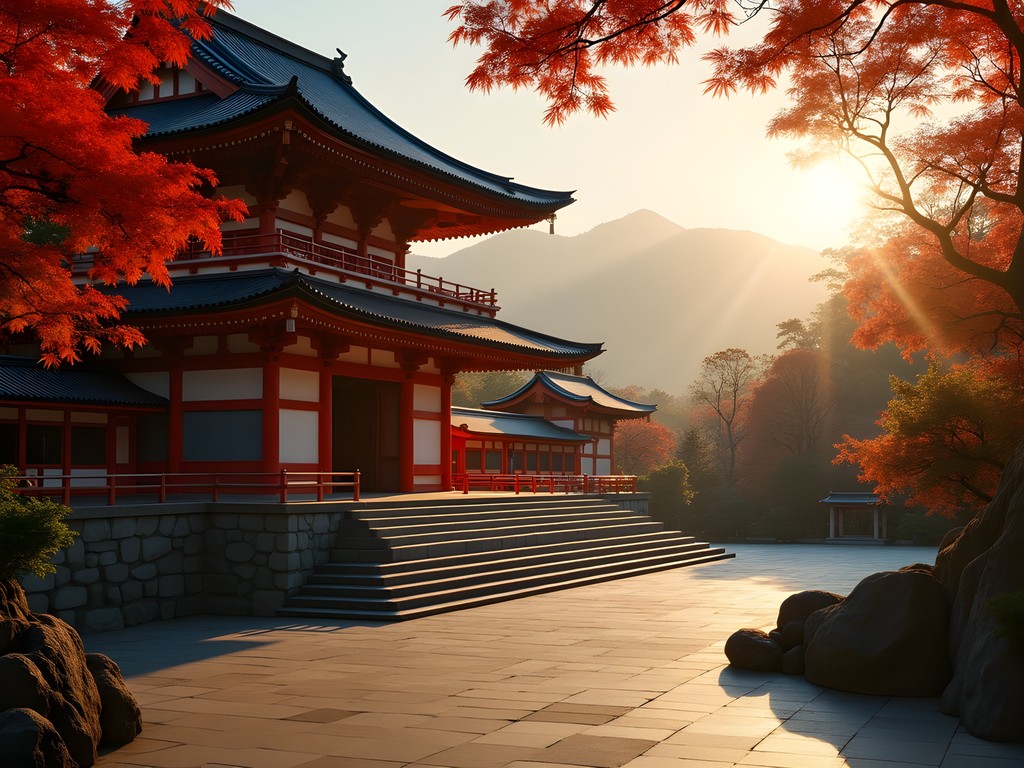
💡 Pro Tips
- Visit major temples right at opening time to avoid crowds
- Look for standing restaurants or shops with ticket vending machines for affordable authentic meals
- Many temple outer grounds are free to explore—save money by being selective about which inner paid areas you visit
Day 2: Arashiyama and Western Kyoto
My second day began with an early train ride to Arashiyama using my JR Pass. The famous bamboo grove, which typically swarms with selfie-takers by mid-morning, was peacefully atmospheric at 7:30 AM. The morning sunlight filtered through the towering stalks, creating an almost otherworldly green glow that my smartphone camera captured surprisingly well. I've found that this particular phone excels in challenging lighting conditions like these, where shadows and bright spots create contrast issues for lesser cameras.
After the bamboo grove, I visited Tenryu-ji Temple (¥500), whose UNESCO-listed garden was worth every yen. The garden's design principle of shakkei (borrowed scenery) incorporates the Arashiyama mountains into its landscape—a masterclass in perspective that reminded me of techniques I'd discussed during my museum curation days.
For lunch, I walked 15 minutes away from the tourist center to a local shopping street where I discovered a hole-in-the-wall teishoku (set meal) place. For just ¥800, I feasted on grilled mackerel, rice, miso soup, pickles, and a small side of seasonal vegetables—all impeccably prepared.
In the afternoon, I took the JR train to Saga-Arashiyama station and walked to Otagi Nenbutsu-ji, a hidden gem housing 1,200 whimsical stone figures, each with unique expressions carved by amateur sculptors. The ¥300 entrance fee was perhaps the best value of my entire trip—I spent over an hour photographing these characterful statues while most tourists remained unaware of their existence just 2 kilometers from the bamboo grove.
Rather than dining out, I stopped at a local supermarket around 6:30 PM (when evening discounts begin) and purchased prepared foods at half price—grilled salmon, vegetable tempura, and onigiri—totaling ¥750 for a feast I enjoyed back at my minshuku's communal table, where I shared travel stories with a German backpacker and a retired Japanese teacher.
Total for Day 2: ¥3,950 (approximately $36), well under budget.

💡 Pro Tips
- Visit popular attractions like the bamboo grove before 8:00 AM to avoid crowds
- Walk at least 15 minutes away from major tourist sites to find authentic, affordable restaurants
- Check supermarkets after 6:00 PM for half-price prepared foods that make excellent budget meals
Day 3: Nara Day Trip
My third day was dedicated to Nara, Japan's first permanent capital and home to some of the country's oldest temples. The JR Nara line (covered by my pass) whisked me there in just over an hour, and I arrived by 8:30 AM.
Nara Park's famous deer greeted me immediately—over 1,200 semi-wild deer roam freely here. While many tourists purchase overpriced deer crackers (¥200), I observed that the deer were equally interested in the mappu (park maps) handed out for free. This little hack earned me several close deer encounters without spending extra.
Todai-ji Temple houses the Great Buddha (Daibutsu), a 15-meter bronze statue that has survived fires and earthquakes since 752 CE. The ¥600 entrance fee is unavoidable but entirely justified—standing before this colossal figure in the world's largest wooden building is a humbling experience that reconnects you to the artistic ambitions of ancient civilizations.
My art history background helped me appreciate subtle details other visitors missed, like the lotus petals on the Buddha's base representing rebirth. I spent nearly two hours here, sketching details in my travel journal that I've carried on every trip since my museum days. These journals have survived everything from Rhine Valley downpours to Portuguese wine spills, and there's something deeply satisfying about filling their pages with observations rather than just digital photos.
For lunch, I bypassed the tourist restaurants near the temple and found a tiny place serving Nara specialty kakinoha-zushi (persimmon leaf-wrapped sushi) for ¥700. The shop owner, impressed by my interest in local culinary traditions, added an extra piece at no charge.
The afternoon brought visits to Kasuga Taisha Shrine with its famous bronze lanterns (outer grounds free, inner areas ¥500) and Kofuku-ji Temple complex (grounds free, treasures hall ¥700). I strategically chose to pay for Kasuga Taisha's inner area but explored only Kofuku-ji's free sections—budget travel is all about these calculated choices.
Before catching my return train, I discovered a second-hand bookstore where I found a beautifully illustrated book on Japanese temple architecture for just ¥600—a perfect souvenir that doubled as education for future temple visits.
Total for Day 3: ¥4,500 (approximately $41), including round-trip train fare, entrance fees, meals, and my book souvenir.
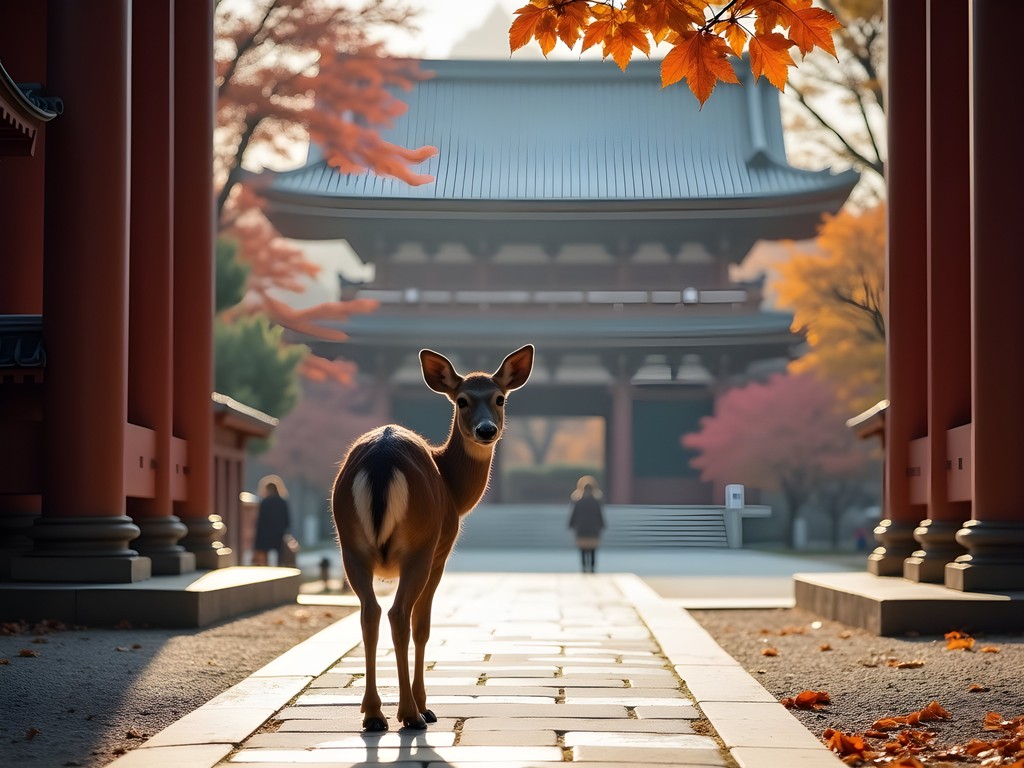
💡 Pro Tips
- Use your JR Pass for the round-trip to Nara—a significant savings
- Visit Todai-ji early to appreciate the Great Buddha without crowds
- Explore free temple grounds and be selective about which paid inner areas you visit
Day 4: Northern Kyoto Temples and Thrift Shopping
Day four began with a bus ride to Kinkaku-ji (Golden Pavilion)—one of Kyoto's most iconic sites. At ¥500, it's among the pricier temple admissions, but arriving at 8:30 AM (30 minutes after opening) meant I caught the morning light illuminating the gold leaf exterior while avoiding the worst crowds that arrive by 10:00 AM.
Rather than following the typical tourist route to nearby Ryoan-ji, I took a local bus to the lesser-known Ninna-ji Temple (¥500), where I practically had the former imperial villa and stunning five-story pagoda to myself. The head monk was tending to the garden and nodded approvingly when he saw me sketching rather than rushing through with a selfie stick.
For lunch, I followed a tip from my minshuku host and found a tiny restaurant specializing in yudofu (tofu hot pot), a Kyoto Buddhist specialty. For just ¥900, I enjoyed a multi-course meal featuring silky tofu prepared in various ways—a reminder that traditional Japanese cuisine evolved from temple food traditions.
The afternoon brought my secret budget travel passion: Japanese thrift stores. While tourists crowded souvenir shops paying premium prices, I explored Kitayama's second-hand shops where I found a vintage Japanese teacup for ¥400 and a beautifully preserved kimono fabric scrap perfect for framing at home for just ¥600.
As evening approached, I visited a local supermarket and purchased ingredients for an impromptu picnic dinner: fresh onigiri, seasonal pickles, and a small bottle of local sake totaling ¥1,200. I took my feast to the banks of the Kamo River, where locals gather on summer evenings. Though autumn had cooled the air, I found a sheltered spot to enjoy my meal while watching herons fish in the shallow waters—an experience no restaurant could match.
On my walk back, I discovered a tiny neighborhood shrine illuminated only by paper lanterns. No tourists, no entrance fee—just the authentic spiritual atmosphere that draws me to these sacred spaces. I sat in silent appreciation for nearly an hour, a moment of connection that cost nothing but meant everything.
Total for Day 4: ¥4,800 (approximately $44), including transportation, entrance fees, meals, and thrift store treasures.
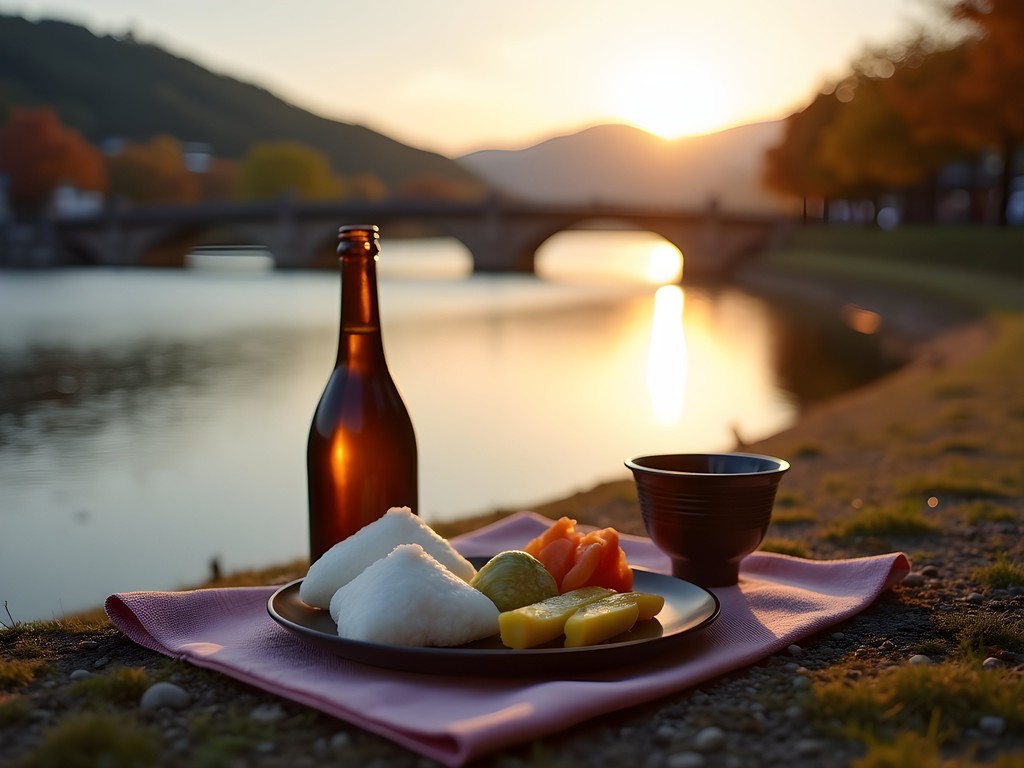
💡 Pro Tips
- Visit major temples within 30 minutes of opening time for the best balance of good lighting and fewer crowds
- Explore thrift stores for authentic souvenirs at a fraction of tourist shop prices
- Create your own evening picnic with supermarket finds for an affordable dinner with a priceless view
Day 5: Fushimi Inari and Hidden Gems
For my final day, I saved what many consider Kyoto's most atmospheric experience: Fushimi Inari Shrine with its thousands of vermillion torii gates winding up Mount Inari. This shrine is open 24 hours and completely free—a budget traveler's dream.
I arrived by 6:30 AM, before sunrise, equipped with my trusty headlamp. This compact but powerful light has been my companion on pre-dawn temple visits across Japan and castle explorations throughout Europe. While other early visitors fumbled with phone flashlights, I comfortably navigated the lower gates in the pre-dawn darkness.
As sunrise illuminated the gates from within, creating an otherworldly orange glow, I had the normally crowded pathway almost entirely to myself. I continued hiking upward for about 40 minutes until reaching a clearing with views over Kyoto. By the time I descended around 9:00 AM, tour buses were already disgorging crowds at the entrance—timing is everything.
For breakfast, I stopped at a small teahouse near the shrine entrance where ¥500 got me tea and freshly made inari-zushi (sweet tofu pouches filled with sushi rice)—a specialty named after the fox deities of the shrine.
Rather than rushing to another major site, I spent my final afternoon exploring the neighborhood surrounding my minshuku. This unplanned wandering led to my most authentic discoveries: a tiny neighborhood temple where an elderly priest invited me to join his afternoon meditation (free), a ceramics workshop where the artist demonstrated traditional techniques (also free, though I purchased a small piece for ¥1,200), and a local food market where I sampled Kyoto specialties from vendors (¥800 for various tastes).
For my final evening, I treated myself to a slightly higher-end experience at a local izakaya recommended by my minshuku host, where ¥2,500 covered a multi-course meal of Kyoto specialties and two small cups of local sake. The chef, upon learning of my interest in local food traditions, brought out a special seasonal pickle his mother had made—a gesture of hospitality that reminded me why I travel.
Total for Day 5: ¥5,000 (approximately $45), including my ceramic souvenir splurge.
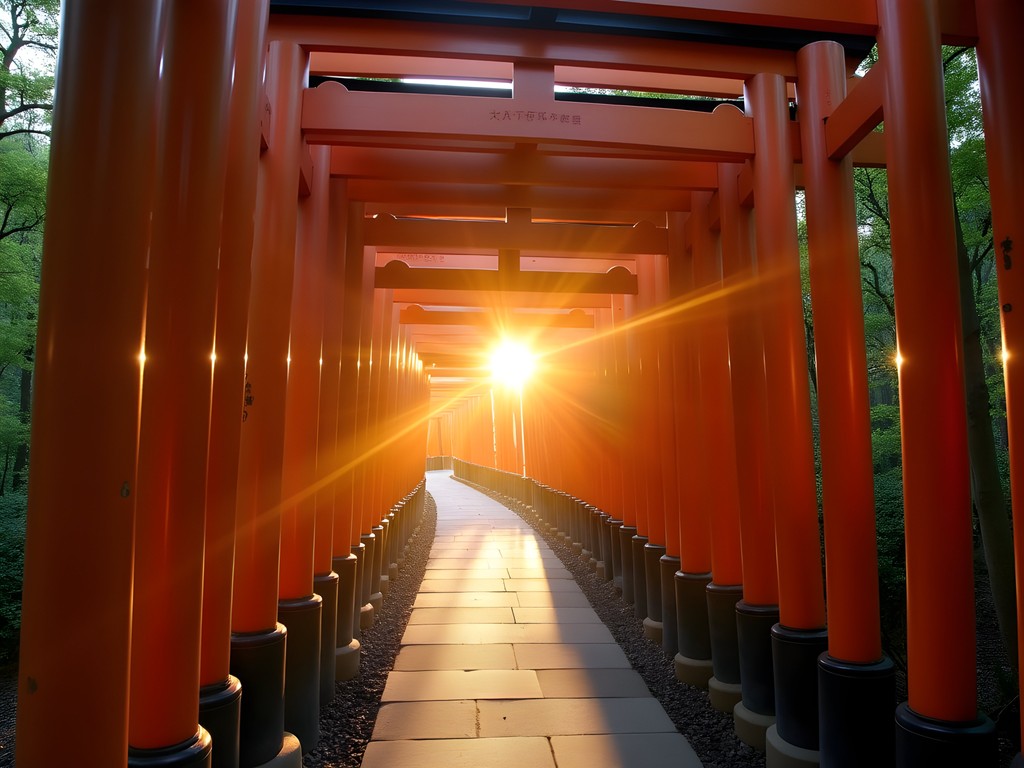
💡 Pro Tips
- Visit Fushimi Inari before 7:00 AM to experience the torii gates without crowds
- Set aside time for unplanned wandering in residential neighborhoods
- Ask your accommodation host for local restaurant recommendations—they're often more authentic and affordable than guidebook suggestions
Final Thoughts
As I packed my thrift shop treasures and temple sketches on the final evening, I tallied my expenses: five full days of temple exploration for under $250 total—averaging just $45 per day including accommodation. This wasn't budget travel that sacrificed experiences; rather, it was thoughtful travel that prioritized what matters most: authentic connections, cultural understanding, and moments of genuine wonder.
The real secret to affordable temple-hopping in Kyoto and Nara isn't just about finding cheap meals or free attractions—it's about embracing the contemplative pace these sacred spaces were designed for. By arriving early, wandering mindfully, and seeking local connections, you'll not only save money but experience these ancient capitals as they're meant to be experienced: with presence and appreciation.
As I've discovered from Portugal's hidden wine regions to Germany's less-visited castles, the most memorable travel experiences rarely correlate with the highest price tags. So pack that journal, set that early alarm, and prepare to discover your own path through Japan's ancient temple capitals—your wallet (and soul) will thank you.
✨ Key Takeaways
- Early morning temple visits avoid crowds and create magical experiences at no extra cost
- Staying in traditional minshuku guesthouses offers authentic accommodation at budget prices
- Local supermarkets and standing restaurants provide affordable, authentic meals
- The Japan Rail Pass is worth the investment for multiple day trips
📋 Practical Information
Best Time to Visit
Late October to early December for fall colors, or March to April for cherry blossoms, avoiding summer crowds and humidity
Budget Estimate
$45-50 per day including accommodation, food, transportation, and entrance fees
Recommended Duration
5-7 days to explore at a relaxed pace
Difficulty Level
Moderate (Requires Early Mornings And Significant Walking)

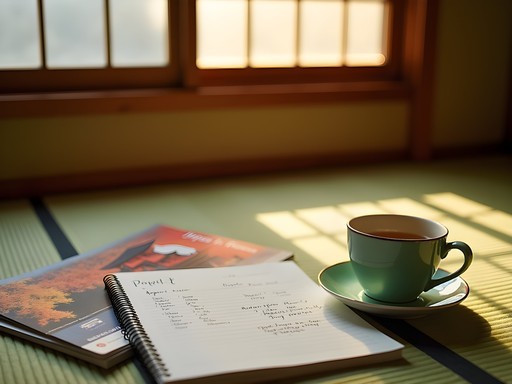
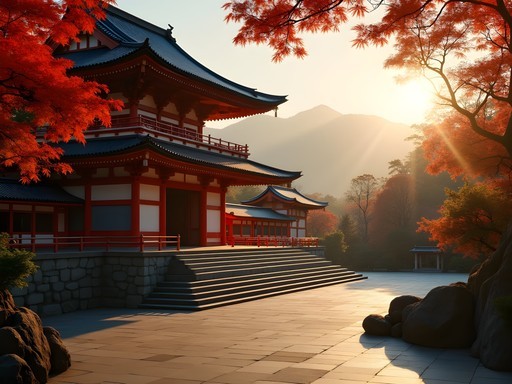

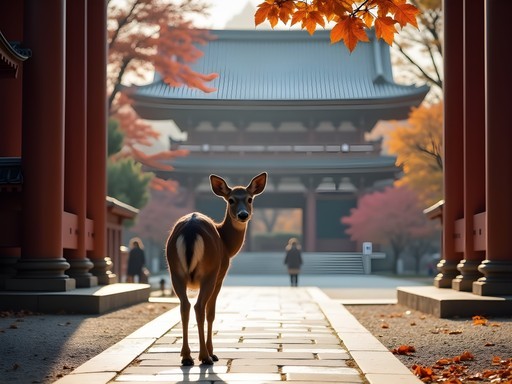
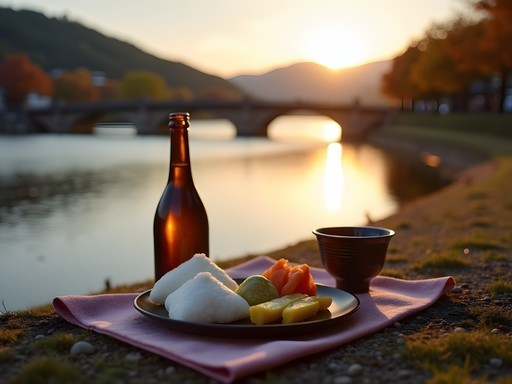
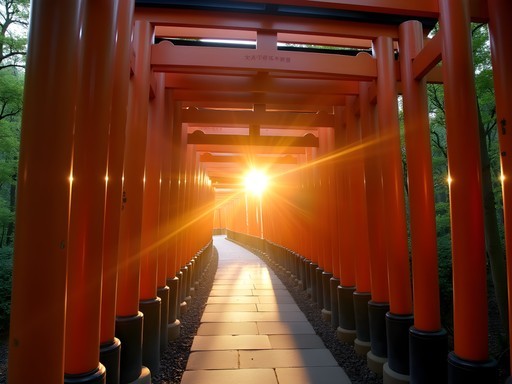


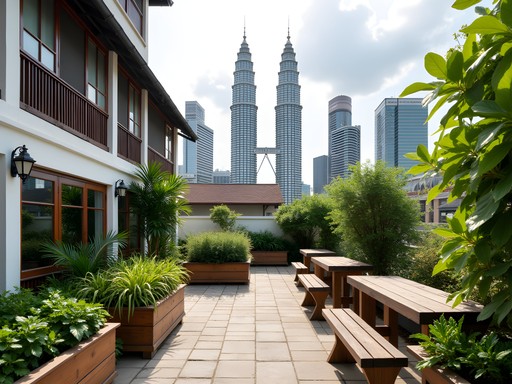
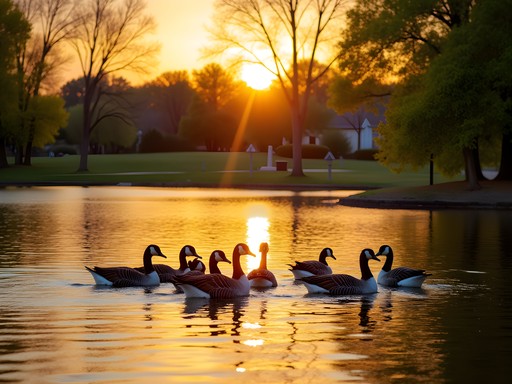
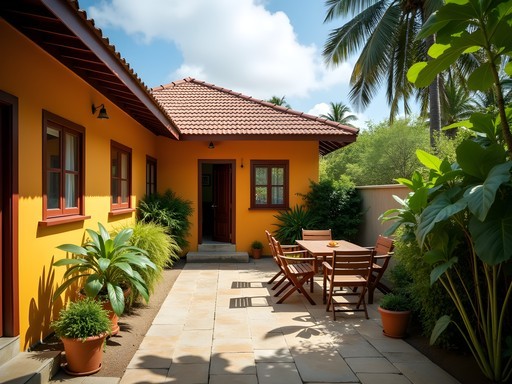
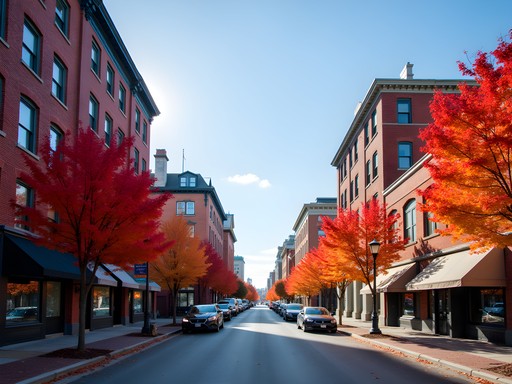
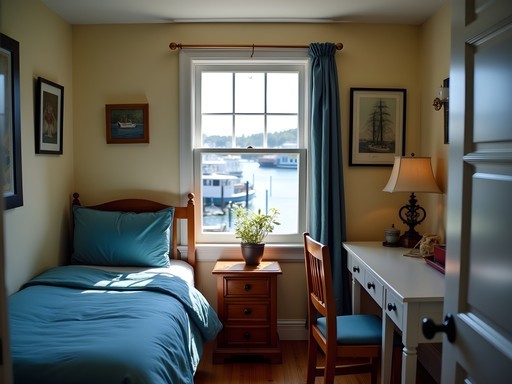
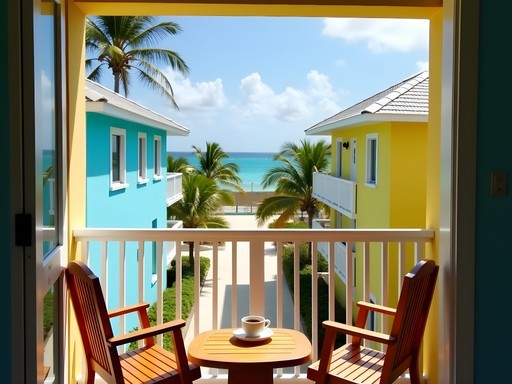

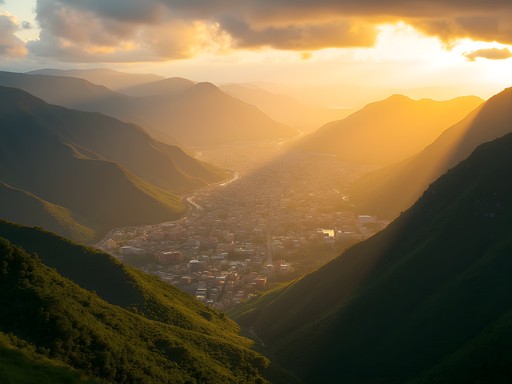
Comments
Claire Hawkins
Ryan, your budget breakdown is so helpful! I did a similar trip with my family last spring, but we struggled to keep costs down with three kids in tow. Your hostel recommendations are spot on - we stayed at Len Kyoto and the family room was perfect and surprisingly affordable. One tip I'd add: many temples offer free evening illuminations during certain seasons. We caught Kodai-ji's light-up by chance and it was magical without the extra entrance fee. Also, the Kyoto Imperial Palace grounds are completely free and make for a lovely picnic spot. Did you try any of the 'pay what you want' walking tours? We joined one in Gion and our guide was incredible!
hikingseeker
Claire, did your kids enjoy Nara? Wondering if the deer might be too much for my 5-year-old.
Claire Hawkins
My youngest was 6 and loved it! Just buy the official deer crackers and teach them to bow before feeding. Some deer can get pushy, but there are plenty of calm ones too. The rangers are super helpful if you need assistance!
springhero
Perfect timing! Going to Kyoto next month and was stressing about costs. This is exactly what I needed!
Claire Hawkins
You'll love it! The fall colors in Kyoto are absolutely magical. Don't miss Kiyomizu-dera at sunset!
springhero
Thanks! Did you find the Japan Rail Pass worth it for just Kyoto/Nara?
Claire Hawkins
For just Kyoto/Nara, probably not. We used local buses and the Raku bus pass (¥700 for unlimited daily rides). Much cheaper than JR Pass if you're staying local!
first_time_asia
Your temple sketches are beautiful! Did you have any issues with accommodation availability? Planning to go during cherry blossom season.
Ryan Wallace
Thank you! For cherry blossom season, book ASAP - at least 3-4 months in advance. It's the busiest time in Kyoto and prices often double. Consider staying in Osaka and day-tripping if Kyoto is fully booked.
mountainlover
If anyone's planning to follow this itinerary, don't miss Fushimi Inari at sunset! The crowds thin out and the orange gates look magical in the golden hour light. Just bring a small flashlight for the walk back down.
sunnyfan
Or go super early! We went at 6am and had the place almost to ourselves.
japan_traveler_2023
Just got back from doing almost this exact itinerary! Your budget breakdown was spot on - I managed to keep it under $55/day including a few small souvenirs. One thing that saved me money was bringing a water bottle and refilling at temples (many have drinking fountains). The fall colors at Tofuku-ji were INCREDIBLE. I'd recommend adding Toji Temple if anyone goes on the 21st of any month - they have an amazing flea market that's perfect for budget travelers looking for unique souvenirs.
backpackadventurer
Thanks for the Toji Temple tip! Adding it to my list now. Did you find the JR Pass worth it for this region?
japan_traveler_2023
For just Kyoto/Nara, definitely not worth getting the national JR Pass. I just paid as I went for local trains and buses. Much cheaper that way!
budget_nomad
Did you find any good vegetarian food options? That's always my struggle in Japan.
Ryan Wallace
Absolutely! Many temples in Kyoto serve shojin ryori (Buddhist vegetarian cuisine). A bit pricey for a budget trip, but worth splurging on once. I also found decent options at convenience stores - onigiri with umeboshi or kombu fillings saved me many times!
Savannah Torres
We followed a similar budget route with our kids last spring! One hack that saved us even more money was buying bento boxes from 7-Eleven each morning (around $4-5) and having picnic lunches in temple gardens. My 9-year-old still talks about eating onigiri under the maple trees at Nanzen-ji. For Nara, we found that staying overnight was actually cheaper than a day trip when you factor in transportation costs, plus you get the magic of the park after the tour buses leave. We used our pocket wifi to find a last-minute ryokan deal that included breakfast for just $35/person.
sakura_dreams
Love this! Saving for my trip next spring!
Gregory Boyd
Excellent breakdown of temple costs and budget accommodation options, Ryan. I did a similar route last year but spent significantly more. Your hostel recommendations are spot on - I stayed at that same place near Kyoto Station and the location was unbeatable for the price. One thing I'd add about Nara: if you go early (before 9am), you can avoid both crowds and deer that have been overfed and become aggressive. I used my pocket guide to plan specific temple visits and it helped tremendously with understanding the historical significance of each site. Did you find the temple entry fees have increased since your visit? I've heard rumors they're going up next season.
Ryan Wallace
Thanks Gregory! Great tip about the early morning Nara visit. And yes, I've heard the same about fee increases - particularly at Kinkaku-ji and Fushimi Inari. Might be worth mentioning to readers planning trips for next year.
temple_lover_22
The early Nara tip is gold! Did that last month and had Todai-ji almost to myself for 30 minutes. Magical experience.
backpackadventurer
This is exactly what I've been looking for! Did you find the 1-day bus pass worth it in Kyoto? I'm planning a similar trip for spring and trying to decide between buses and just walking everywhere.
Ryan Wallace
Definitely worth it if you're hitting multiple temples in different areas on the same day! I walked a ton, but the bus pass saved me when my feet were killing me by afternoon. Just note that buses get crowded during peak hours.
backpackadventurer
Thanks for the tip! I'll grab one for my busier days then.
Venture X
Premium card with 2X miles, $300 travel credit, Priority Pass